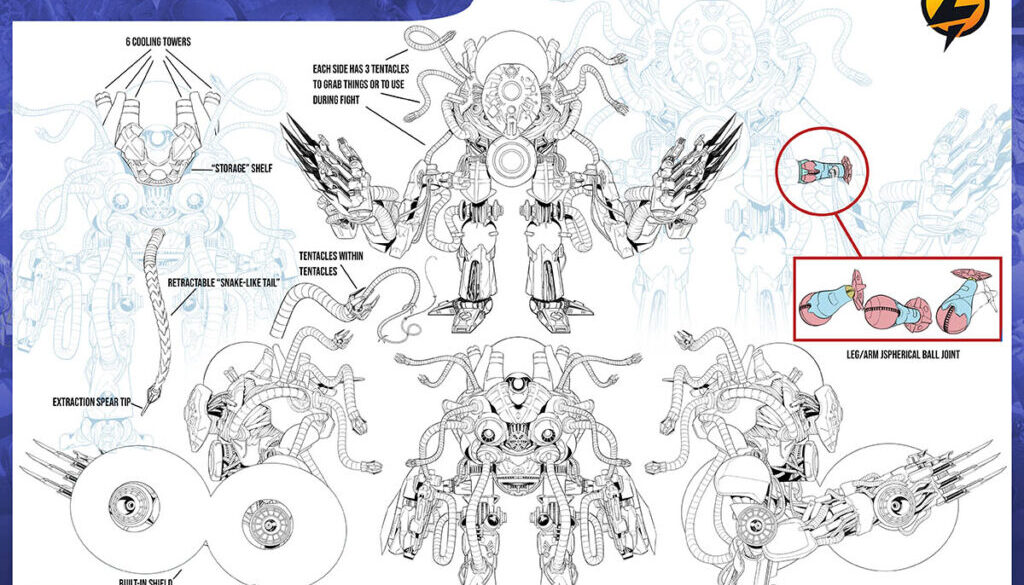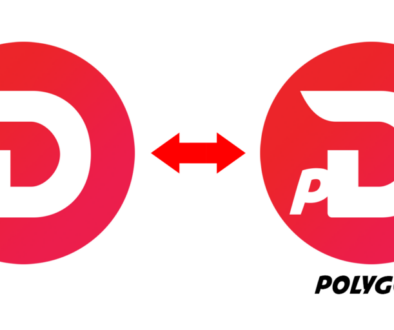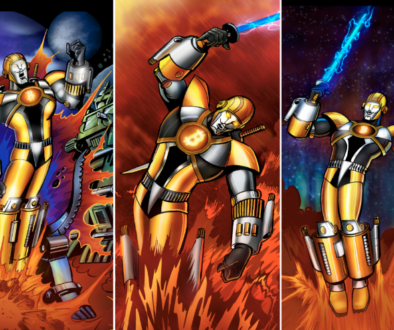When designing characters, we need to think deeply about why specific characters become icons. At the root is a great story, but the visual aspect is important too.
Visual Aspect
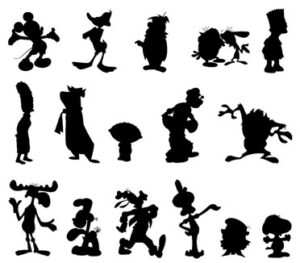 Silhouette
Silhouette
It’s well known in character design that a great character should be recognizable simply by his or her silhouette only. This is more easily said than done, and unless we make cartoonish distortions to body parts, it’s not so easy to come up with unique silhouettes.
Click here to play a fun quiz to try to guess them:
A few ideas that might help:
- Head gear/hats
- Hair
- Forearm details such as small wings or long gloves with details
- Specific cape shape
- Footgear that has iconic details
- Always with a particular weapon (eg, Thor’s hammer)
Colors
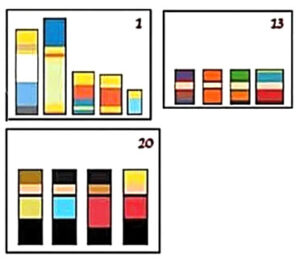 Experts say that an iconic character should be recognizable only by a few blocks of color. The following article shows some great examples and it’s fun to try to guess the characters from such simple shapes. Colored Blocks Quiz
Experts say that an iconic character should be recognizable only by a few blocks of color. The following article shows some great examples and it’s fun to try to guess the characters from such simple shapes. Colored Blocks Quiz
Symbols
Great heroes become brands themselves. Batman, Superman, Wonder Woman, Green Lantern… they all have a memorable symbol that represents them and is great for merchandise.
Action Graphics
Manga and Anime are especially good at creating stylized graphics that occur when certain actions happen. For example, in the Demon Slayer series, the main character’s attacks are based on water, and are stylized with versions of the famous Japanese tsunami painting, The Great Wave Off Kanagawa. These symbols are used at a point of heightened endorphines for the viewer, when we’re the most suggestible, so they stick with us well.
Story Aspects
Backstory
The backstory should make us want to root for the character. They have suffered some hardship that makes them an underdog, and we want them to win because we identify with their suffering and struggle. They also may have deep dark secrets that they don’t want exposed, or have forgotten.
The Onion Type Story
D.C. invented the superhero, and so they were able to get by with two-dimensional characters. Marvel came along later and Stan Lee gave his characters a lot more depth. The result is that Marvel’s I.P. is worth a lot more than D.C.’s despite the later start.
Now comes Manga and Anime to crush them both. More Manga comics are sold than D.C. and Marvel superhero comics put together. One Piece has sold more than any other book except maybe the bible.
This will only grow because the storytelling is more detailed and more emotional. Story universes are planned out years in advance by their creators, rather than the simple formulas of D.C. and Marvel.
I call this The Onion… as each level of truth is discovered in the story, the viewer learns that there’s another deeper layer. The plot is full of surprises, it goes deeper, and the story lore grows, creating more value and drawing readers to be more connected.
Western storytelling has started to take on more of this type in recent years, with stories like Lost and Game of Thrones being told more like Manga and less like “The Marvel Way.”
At LightningWorks, we are putting little details into our stories early on, so we can expand upon these details later and build lore around them. Some of these, we don’t even know what we’re going to do with them at this point early on. But we know we need them there because it creates fan speculation and engagement, and gives us opportunities to create more intricate story plots as we build the universe.
Weakness
Every great character, even One Punch Man, has a weakness or two that makes us worry. Superman has kryptonite and his love for Lois Lane. Some characters have insecurities that make them unable to take action, or make mistakes. Weaknesses make them more human, so we identify with them more, because we see more of ourselves in them. The correct balance of strengths and weaknesses make for a more iconic and memorable character.
Arch Nemeses
Great heroes need great villains to oppose them and represent all our difficulties in life. We get to watch Luke Skywalker, who starts out as a sniveling whiner, as he transitions upwards in power, to finally defeat his arch-nemesis. In stories, these ultimate rivals appeal to us partly because they are so easy to understand. Meanwhile, in real life, our true arch-nemeses that prevent us from achieving greatness, are often very difficult to comprehend. So, these stories help us escape for a while the mediocrity and muddle of our own life struggles.
Quirks
Many heroes have interesting personality traits that help to make them approachable and memorable. A perfect hero is boring, and a flawed hero makes a much better story.
Numbers and Levels
Using levels/tiers during character creation is an easy way to create a sense of connection and understanding of mission. For example, the character starts the story at the bottom of some invented level system, and we know instantly that their desire is to reach the top. Anyone can thus easily understand the story as the character struggles and fights his way from white belt to black belt, and then discovers that once a black belt, there are 10 more levels beyond that… and so on. It’s an easy plot device that hooks the viewer and allows the creator to build lore around the tiers.
Play Pattern
Recently I had the pleasure to talk with Ken Abrams, a toy expert who was former Head of Licensing for Marvel Comics. Comic book companies don’t make a lot of money, if any, from the printed comics themselves. Most comes from movies and merchandise, and toys are a big part of that. Kids play WITH action figures, but there are also popular toys that allow kids to PLAY AS the character.
Toy designers strive to come up with a toy with an iconic PLAY PATTERN that kids can participate in. He gave me the obvious one of the Spiderman web shooting hand and finger pattern. It’s very memorable and kids love to imitate it.
He explained that it took them quite a while to figure out a toy for The Hulk, and they finally came up with “Hulk Smash Hands” shown above, which was quite popular and still sells today.
The takeaway here is that if you design your character from the start with an iconic Play Pattern, it will be easier later to make toys that help kids become immersed in your universe and attached to that character. And when people really love a character while they’re young, they will often be a fan for the rest of their lives.
